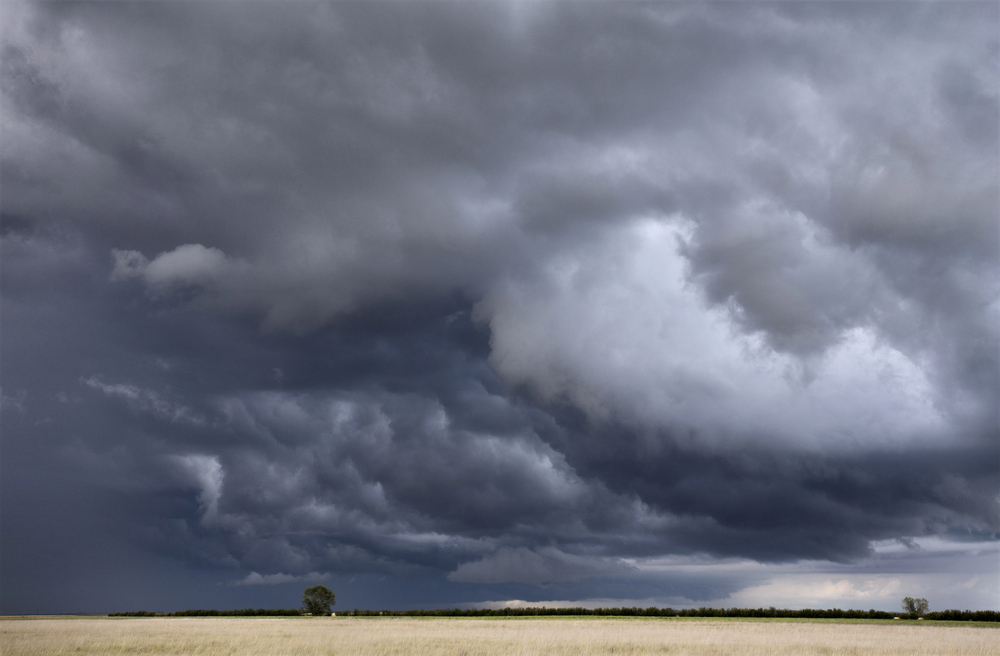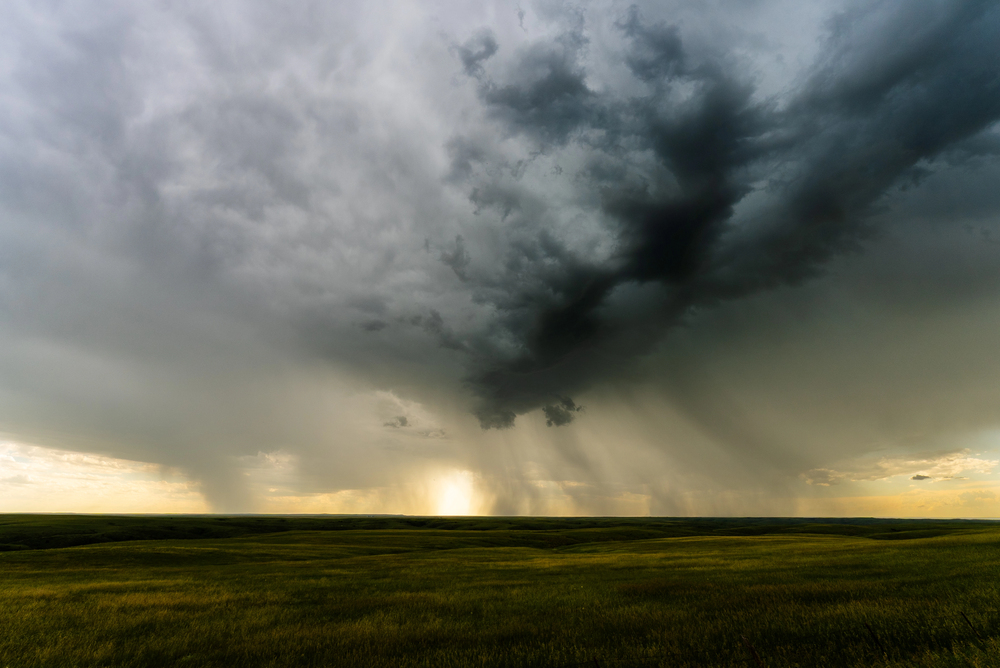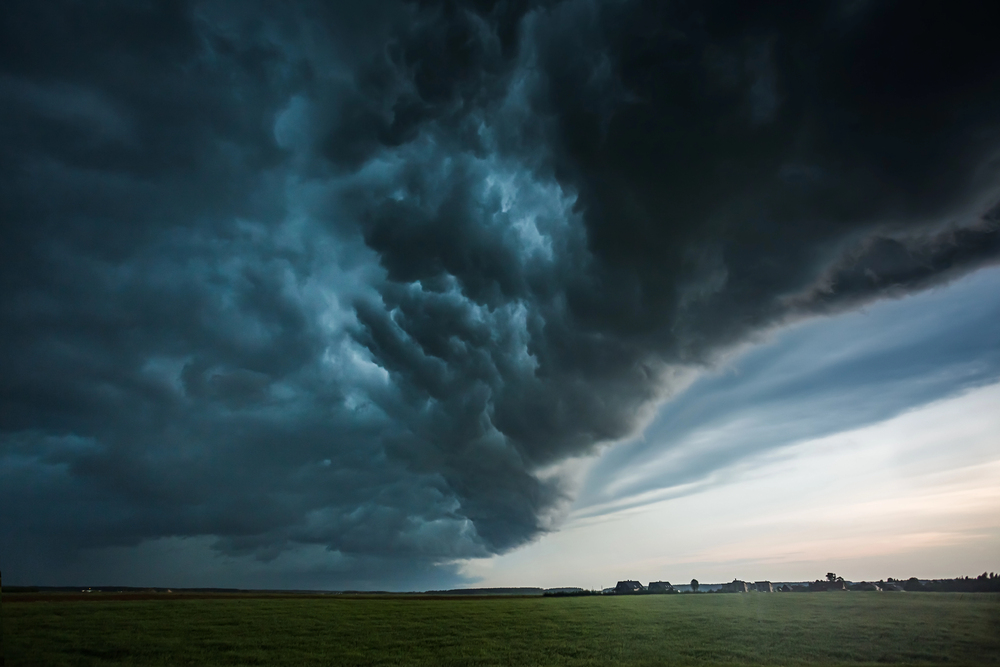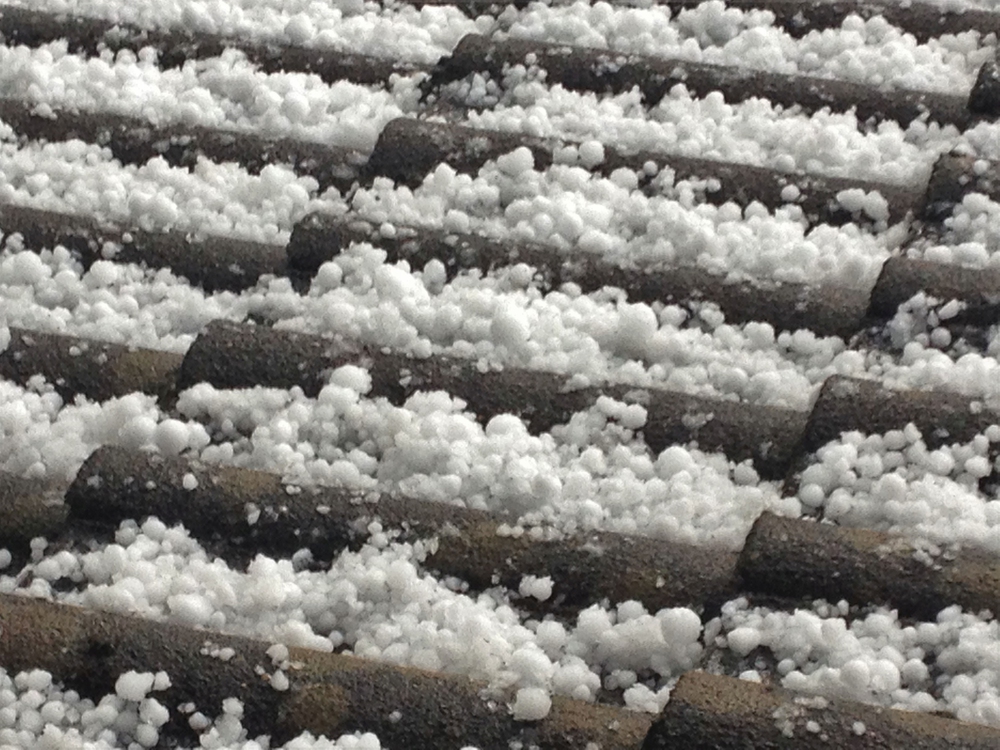Severe Convective Storms Lead Concerns for Insurers
The vast majority of insurance company executives view severe convective storms (SCS) as the leading threat to their balance sheets, according to a Demex survey.

The vast majority of insurance company executives view severe convective storms (SCS) as the leading threat to their balance sheets, according to a Demex survey.

From hurricanes in the Southeast, wildfires in the West and severe convective storms in between, catastrophes are a defining feature of the current insurance landscape and are changing property insurance.

The U.S. property & casualty insurance industry almost tripled underwriting profitability in the first half of 2025 compared to the same period in 2024, but catastrophes continue to drive up homeowners premiums.

With ongoing wildfires in the West and an above-average Atlantic hurricane season predicted, it’s essential for independent insurance agents to educate clients on how their policies can cover evacuation-related expenses.

2024 saw the second-highest amount of tornadoes on record and 2025 is predicted to continue above-average activity. One weekend alone in mid-May caused $9 billion-$11 billion in damage.

“Although we may be coming out of one of the most difficult periods in insurance history, some areas might still see increasing premiums for another 12-18 months,” says independent agent Guffy Wright. “Factors like claim volume, social inflation, weather patterns and fraud will continue to play major roles.”

The significant increases were driven by inflation, labor shortages and supply-chain disruptions, according to a Verisk report.

How do you explain how a wind or hail buyback policy works? And is a deductible applied to these types of policies?

Andrews shares her journey from an internship with Nationwide to leading her family’s agency through the highs and lows of the California insurance landscape.

Following a brief lull in tropical activity in the wake of Hurricane Ernesto, the conditions are now primed for a series of back-to-back storms over the next few weeks in the Atlantic.
